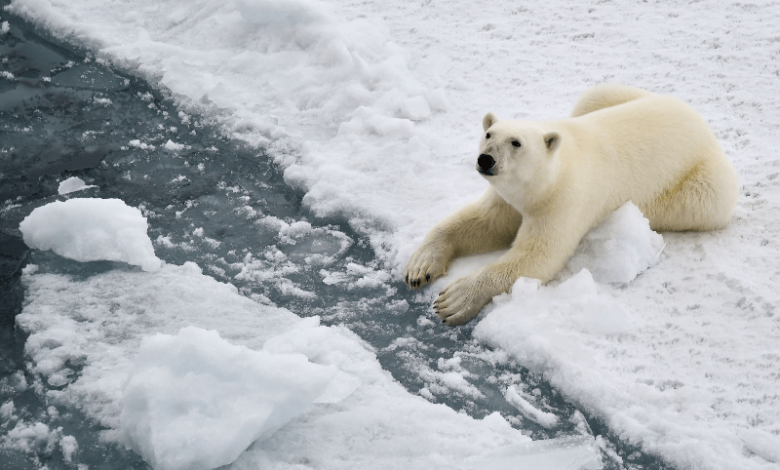Climate Change Increases Disease Risk for Polar Bears

According to studies, as the Arctic warms polar bears have become more at risk of catching viruses, bacteria and parasites that were less common just 30 years ago. Blood tests which have been collected over thirty years pointed out an increased exposure within their food chain. Scientists have also warned that the disease can spread to the visitors or the local people.
Scientists examined blood samples from the bears in the Chukchi Sea, which is between Alaska and Russia. That study has shown evidence about how the polar bear disease may be connected to ice melting. Three decades later from 2008 to 2017 they again collected and examined the samples that had been collected between 1987 and 1994.
According to the new study’s findings, which were published in the journal PLOS One, polar bears are now more likely than they were thirty years ago to become infected with a number of bacteria or viruses, or “pathogens.” In following samples, five of the pathogens had increased in time, which are the canine distemper virus, the bacteria that cause brucellosis and rabbit fever, and the parasites that cause neosporosis and toxoplasmosis.
Dr. Karyn Rode of the U.S. The Geological Survey, a co-author of the study stated,”The environmental changes associated with global warming are creating new opportunities for viruses, bacteria and parasites to infect Arctic wildlife. Some of the biggest environmental changes currently seen in polar bears appear in the rises in the incidence of these diseases. For three of these infections, the percentage of bears who tested positive for antibodies more than doubled, and the percentage was higher than that of other polar bear populations.”
Bears spend most of their years on land when there is no sea ice to hunt from and are less able to obtain enough calories as mentioned in the earlier studies on the animals which used collar cameras. Polar bears are top predators and said to Dr. Rode, “Where sea ice loss has occurred, increases in land use during the summer has been one of the most common responses. This change in habitat use alters feeding behavior and energetics, interactions and potential conflict with humans, and exposure to novel pathogens”
The study’s conclusions highlight that several changes in Arctic ecosystems could have an impact on the health of both humans and animals.



